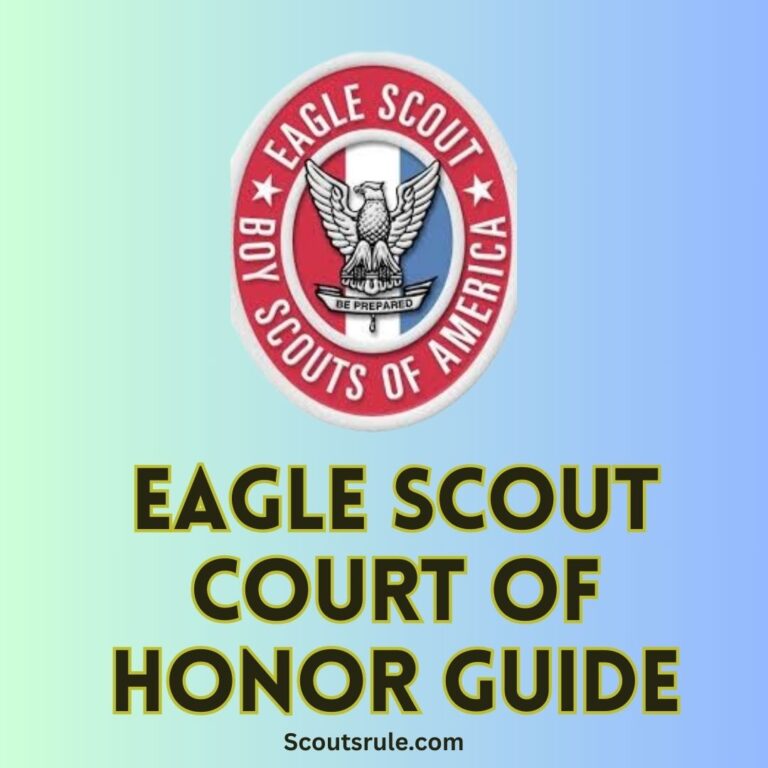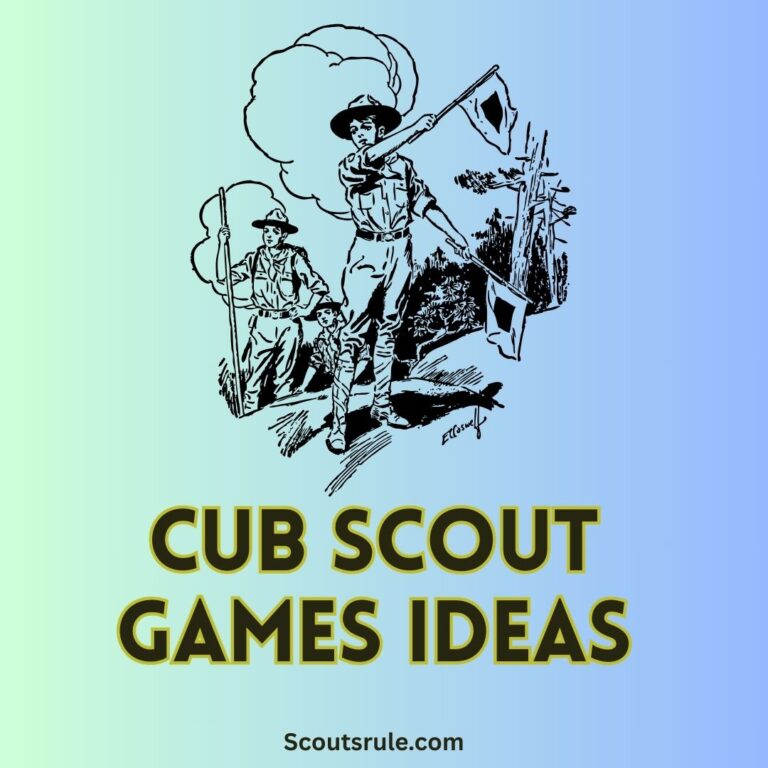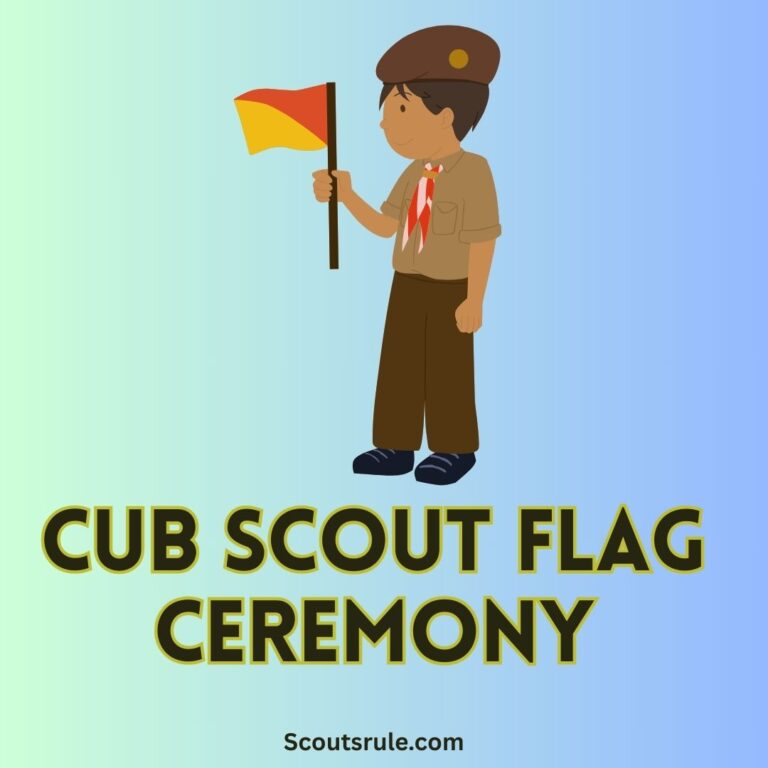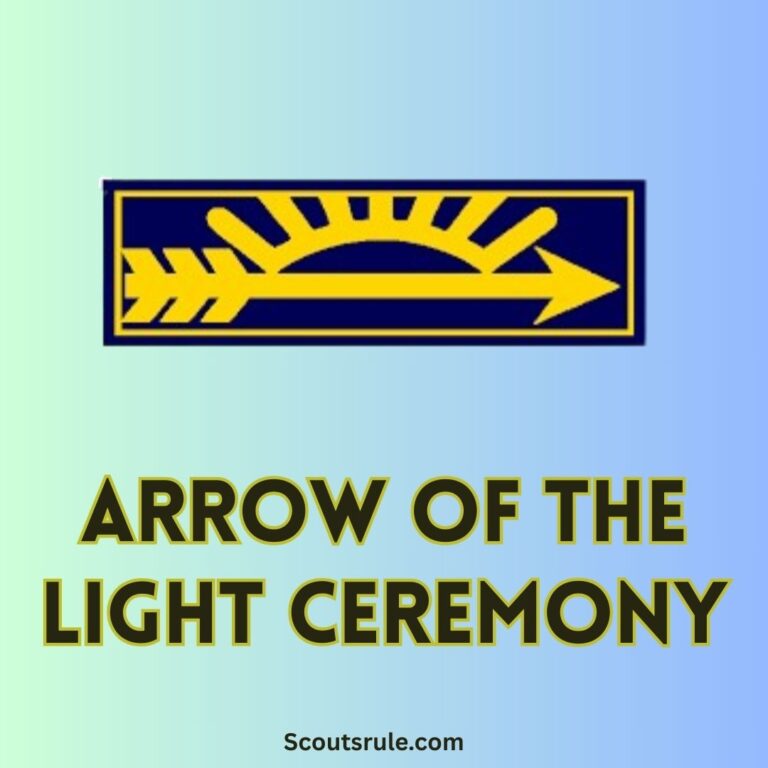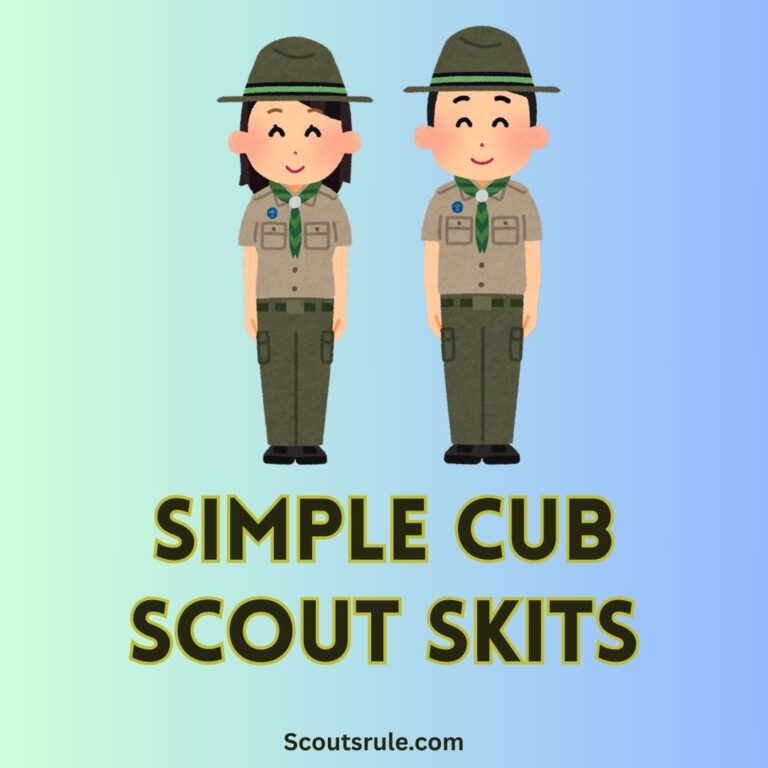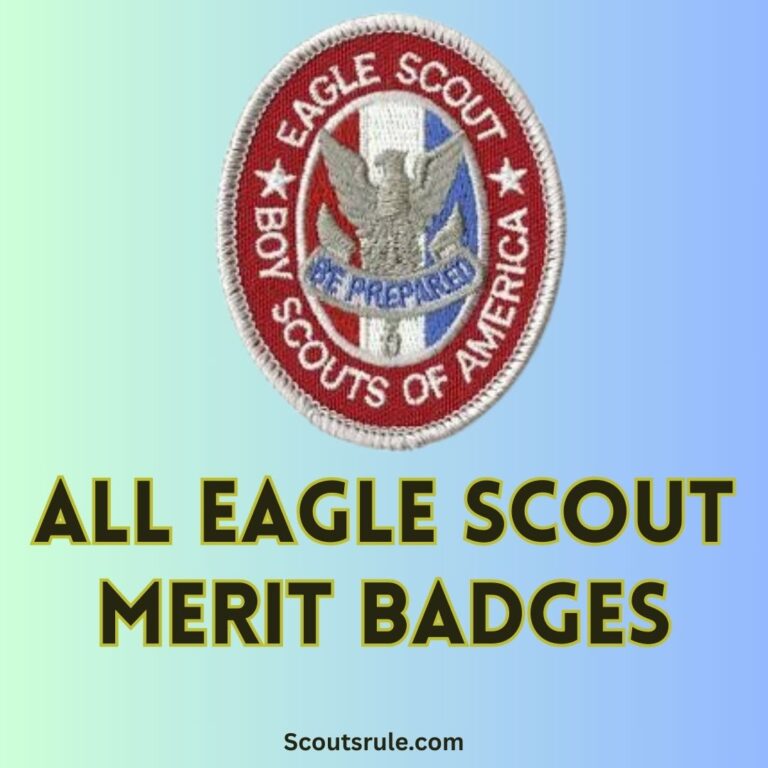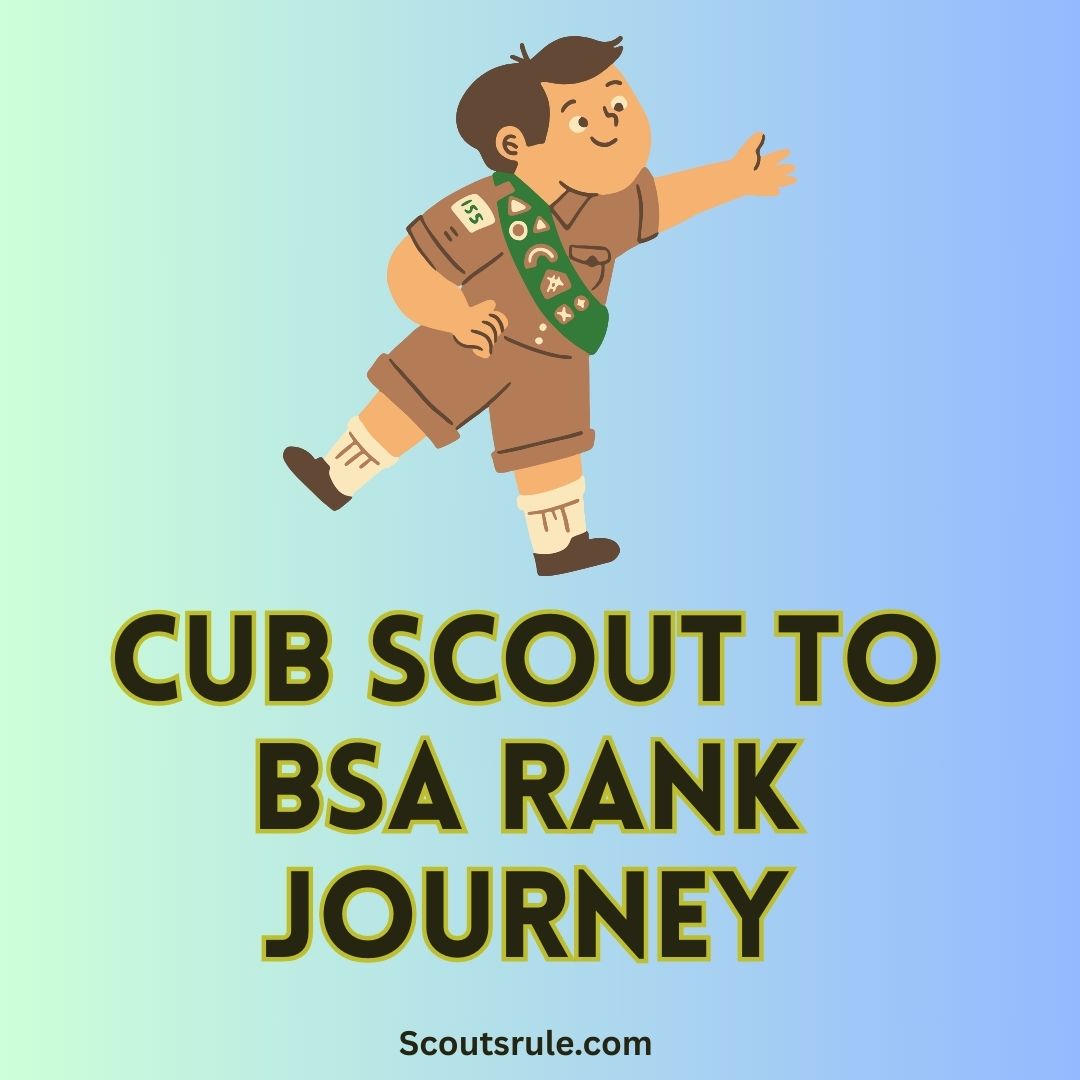
Below is a comprehensive guide that celebrates and explains the Scouting journey—from the very first steps as a Cub Scout to the prestigious ranks in Scouts BSA. This article maps out the progression, highlights the skills and lessons learned at each stage, and shows how each rank builds not only character and leadership but also a lifelong passion for service, outdoor adventure, and community.
Post Contents
The Scouting Journey: From Cub Scout to BSA Rank
Scouting in the United States is more than an extracurricular activity—it’s a transformative experience that shapes young people into responsible citizens, leaders, and caring members of their community. From the playful adventures of Cub Scouts to the leadership challenges of Eagle Scout and the additional recognition of Eagle Palms, each stage of the journey deepens skills, builds character, and instills values that last a lifetime.
In this guide, we’ll cover:
- The foundational years in Cub Scouts and what each rank teaches
- How the Webelos and Arrow of Light programs prepare Scouts for the transition to Scouts BSA
- The step-by-step advancement from the rank of Scout through Tenderfoot, Second Class, First Class, Star Scout, Life Scout, and finally, Eagle Scout—with an exploration of the additional achievement of Eagle Palms
- The life lessons, responsibilities, and personal growth that come along with each stage
Let’s begin at the very start of the journey.
1. Cub Scouts: Building the Foundation
Cub Scouting is designed to introduce young children to basic skills, moral values, teamwork, and an understanding of the world around them—all in a fun, age-appropriate environment. Each Cub Scout rank is aimed at a specific age group and tailored to the developmental abilities of kids as they grow.
Lion Cub – Kindergarten
- Who They Are:
Lion Cubs are typically kindergarteners. The Lion program is a gentle introduction to Scouting for the youngest members, focusing on fun activities, storytelling, and simple games. - Key Lessons:
- Basic manners and simple group activities
- Learning about trust and friendship
- Introduction to concepts such as listening and following simple directions
Tiger Cub – First Grade
- Who They Are:
Tigers make their debut in first grade. This phase introduces more structured activities while still emphasizing fun and exploration. - Key Lessons:
- Learning through play and interactive storytelling
- Developing an understanding of personal responsibility and cooperation
- Participating in group games and simple service activities
Wolf Cub – Second Grade
- Who They Are:
In second grade, Wolf Cubs embark on more challenging tasks that begin to instill practical skills. - Key Lessons:
- Engaging with simple outdoor activities and elementary skills like knot tying
- Discovering basic problem-solving and teamwork
- Fostering an identity as part of a group, while beginning to take on small responsibilities
Bear Cub – Third Grade
- Who They Are:
Bear Cubs, in third grade, start to deepen their engagement with nature and community. - Key Lessons:
- Learning about nature, the environment, and conservation
- Practicing essential skills through hands‑on activities such as cooking simple meals or basic first aid
- Understanding Scouting values like honesty, loyalty, and helpfulness
Webelos – Fourth Grade
- Who They Are:
Webelos (an acronym for “We’ll Be Loyal Scouts”) are fourth graders who work on activities that bring them closer to the skills needed as a Boy Scout. - Key Lessons:
- Preparing for camping, outdoor cooking, and personal fitness
- Engaging more deeply in team activities and community service
- Learning basics about nature, the environment, and the value of preparation
Arrow of Light – Fifth Grade
- Who They Are:
The Arrow of Light is the highest rank in Cub Scouting, earned by many fifth graders. It signifies readiness for the next stage in Scouting—joining Scouts BSA. - Key Lessons:
- Mastery of a wide range of Cub Scout skills and knowledge
- Participation in more sophisticated service projects and outdoor adventures
- Leadership and the responsibility to help younger Cub Scouts learn the basics
2. Transitioning from Cub Scouts to Scouts BSA
After earning the Arrow of Light, Cub Scouts are ready to make the important transition from Cub Scouting to Scouts BSA. This transition is not simply a change of uniform; it’s a step into a world of increased self-reliance, adventure, and responsibility.
The Webelos Bridge
- Purpose:
The Webelos program is intentionally designed as a bridge for young scouts transitioning from the more playful Cub program to the rigorous and achievement-oriented environment of Boy Scouting. - Focus Areas:
- Outdoor skills: camping, cooking, and basic survival techniques
- Increased responsibility and self-direction
- Learning the core values of Scouting, which become the foundation of later achievements
The Arrow of Light Ceremony
- Significance:
Earning the Arrow of Light is a proud and fun-filled capstone in Cub Scouting. It involves a recognition ceremony that celebrates everything learned in Cub Scouts and simultaneously welcomes the youth into the Scouts BSA program. - Experience:
- A formal ceremony that instills a sense of accomplishment and readiness
- A review of essential skills before embarking on the next phase
- Preparation for more challenging outdoor adventures and leadership opportunities in Scouts BSA
Transitioning from Cub Scouts to Scouts BSA is a pivotal moment—a time of excitement where the foundational lessons of Cub Scouting evolve into more complex challenges and a deeper commitment to community service and personal growth.
3. Scouts BSA: Advancing Through the Ranks
Once a youth becomes a Scouts BSA member, the journey becomes one of continuous challenge, leadership training, and self-improvement. Scouts BSA is divided into several ranks, each with its own set of requirements that build on the knowledge and skills learned in the previous ranks.
Scout
- The Beginning of Scouts BSA:
The rank of Scout is the initial level for new members. It introduces them to the fundamental rules, traditions, and expectations of the Boy Scouts. - Key Focus Areas:
- Understanding the Scout Oath, Law, and Motto
- Participating in introductory activities such as camping, cooking, and teamwork exercises
- Learning about the importance of safety, service, and community involvement
Tenderfoot
- The First Step Outside the Cub World:
Tenderfoot is the next rank, where Scouts commit to learning the basics of outdoor skills and personal responsibility. - Key Focus Areas:
- Developing basic camping skills, such as setting up a tent, preparing a simple meal, and reading a compass
- Earning a series of merit badges that build early interest in topics like first aid, conservation, and orienteering
- Fostering team spirit through group projects and community service
Second Class
- Building on Foundational Skills:
The Second Class rank helps Scouts expand their outdoor skills and introduces more advanced topics in wilderness survival and environmental stewardship. - Key Focus Areas:
- Earning more specialized merit badges focused on navigation, basic first aid, and other practical skills
- Learning to work together on more challenging tasks, like longer hikes or outdoor problem-solving activities
- Emphasizing the importance of safety in an outdoor setting
First Class
- Mastering the Fundamentals:
First Class is the rank where Scouts demonstrate that they have a solid grasp of essential survival, outdoor, and personal skills. - Key Focus Areas:
- Proficiency in knot tying, map reading, and basic wilderness survival
- Longer and more challenging camping trips that require the application of previously learned skills
- Taking on leadership roles within the troop, mentoring younger Scouts, and planning simple projects
Star Scout
- Entering the Leadership Phase:
The rank of Star Scout signifies that a Scout has not only mastered many foundational skills but is also ready to take on additional leadership roles within the troop. - Key Focus Areas:
- Earning a significant number of merit badges in specialized areas (such as conservation, first aid, and citizenship)
- Demonstrating leadership by helping organize troop activities and service projects
- Participating in events and adventures that offer deeper insights into Scouting values and outdoor challenges
Life Scout
- Advancing Through Responsibility:
Life Scout is the next rank that builds even more on leadership, service, and mastery of a broad range of skills. - Key Focus Areas:
- Earning more merit badges and demonstrating high-level skill proficiency
- Taking on greater responsibilities in troop leadership and community service projects
- Preparing for the ultimate goal of the Scouting journey—earning the rank of Eagle Scout
- Personal Growth:
Life Scouts are recognized for their commitment to Scouting principles and are often seen as role models for younger members.
Eagle Scout
- The Pinnacle of Scouting:
Eagle Scout is the highest and most respected rank in Scouts BSA. Earning this rank represents years of dedication, perseverance, and growth. - Key Requirements:
- Completing a wide variety of merit badges that cover areas such as first aid, camping, citizenship, outdoor skills, and specialized topics
- Planning, developing, and executing an Eagle Scout Service Project that benefits the community and demonstrates leadership
- Passing an extensive board of review that tests not only the technical skills of the Scout but also their character and commitment to Scouting values
- Impact:
Becoming an Eagle Scout not only marks a major achievement but also opens up future opportunities in education, career, and community leadership. Eagle Scouts are often highly regarded by colleges, scholarship committees, and future employers.
Eagle Palms
- Beyond Eagle Scout:
While the Eagle Scout rank is the ultimate goal for many Scouts, additional recognitions such as Eagle Palms offer opportunities for those who continue to pursue excellence even after achieving Eagle status. - Key Points:
- Eagle Palms are awarded for additional achievements and advancement within the Scouting program after becoming an Eagle
- They may recognize significant accomplishments in service projects, leadership, or specialized merit badge achievements
- This recognition underscores that learning and leadership continue well beyond the traditional achievement of Eagle Scout
The journey through Scouts BSA is a progressive climb where every rank serves as a steppingstone to personal excellence. Each phase is designed not only to impart practical skills and knowledge but also to foster the values of teamwork, service, and leadership that are at the heart of Scouting.
4. The Impact of the Scouting Journey
The progression from Cub Scouts all the way through to Eagle Scout—and even beyond with Eagle Palms—is a journey of continuous personal development. Here’s why this journey matters:
Building Character and Values
- Responsibility and Self-Reliance:
As Scouts progress through the ranks, they learn to make decisions, solve problems, and take responsibility for their actions. These are critical life skills that prepare them for the challenges of adulthood. - Leadership:
Each rank places increasing emphasis on leadership. Whether it’s mentoring younger Cub Scouts or planning and executing large-scale service projects, leadership is a core value that is taught and refined at every stage. - Community Service:
Service projects and community involvement are integral parts of the Scouting program. Scouts learn that their actions can lead to positive change in their communities, instilling a deep sense of civic duty. - Ethical Decision-Making:
The Scout Oath, Law, and Motto are more than just words—they form the ethical foundation of the program. These principles guide Scouts in everything they do, from campfire activities to lifelong career choices.
Practical Life Skills
- Outdoor Survival and Adventure:
Learning how to pitch a tent, navigate using a map and compass, build a fire, and safely cook food outdoors lays the groundwork for real-world problem solving and adventure. - Technical Skills:
Earning merit badges in areas such as first aid, environmental science, electrical applications, and even computer science gives Scouts a taste of numerous fields and helps identify future career interests. - Interpersonal Skills:
Working as part of a troop, managing conflicts, and collaborating during service projects teach effective communication and teamwork—skills that are invaluable later in life.
Lifelong Impact
- Recognition and Respect:
The achievement of higher ranks has tangible benefits. Eagle Scouts, in particular, are often recognized for their maturity and dedication, gaining respect in academic, professional, and community settings. - Pathway to Higher Education and Careers:
Colleges and employers alike view the Scouting journey—as evidenced by the lengthy list of achievements—as a mark of exceptional determination, discipline, and leadership. - Personal Growth:
Beyond the tangible skills, the Scouting journey helps shape the character of young individuals, teaching them to live by a set of values that emphasize honesty, perseverance, and service to others.
Conclusion: A Lifetime of Growth Through Scouting
The Scouting journey from Cub Scout to Eagle Scout—and onward to Eagle Palms—is not merely about earning badges or moving up the ranks. It represents a transformative process in which young people learn about themselves, their communities, and the world. Each stage of the journey is meticulously designed to build upon previous experiences, ensuring that by the time a Scout reaches the rank of Eagle, they have developed not only the skills but also the character and leadership qualities that will serve them for the rest of their lives.
Whether it’s the playful adventures of Lion Cub or the challenging service project required for Eagle Scout, every experience in Scouting is a lesson in perseverance, teamwork, and integrity. It is a journey marked by growth, learning, and the development of values that are as essential in everyday life as they are in moments of extraordinary challenge.
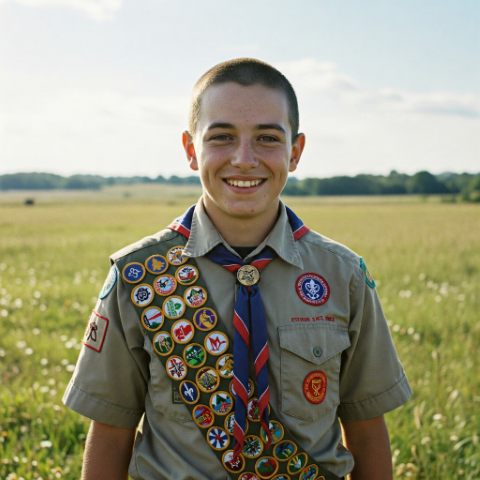
Hi, Robin here, A former lead Scout and here I share my inspiring stories about USA Scouts, leadership, adventure, how to guides and more.

